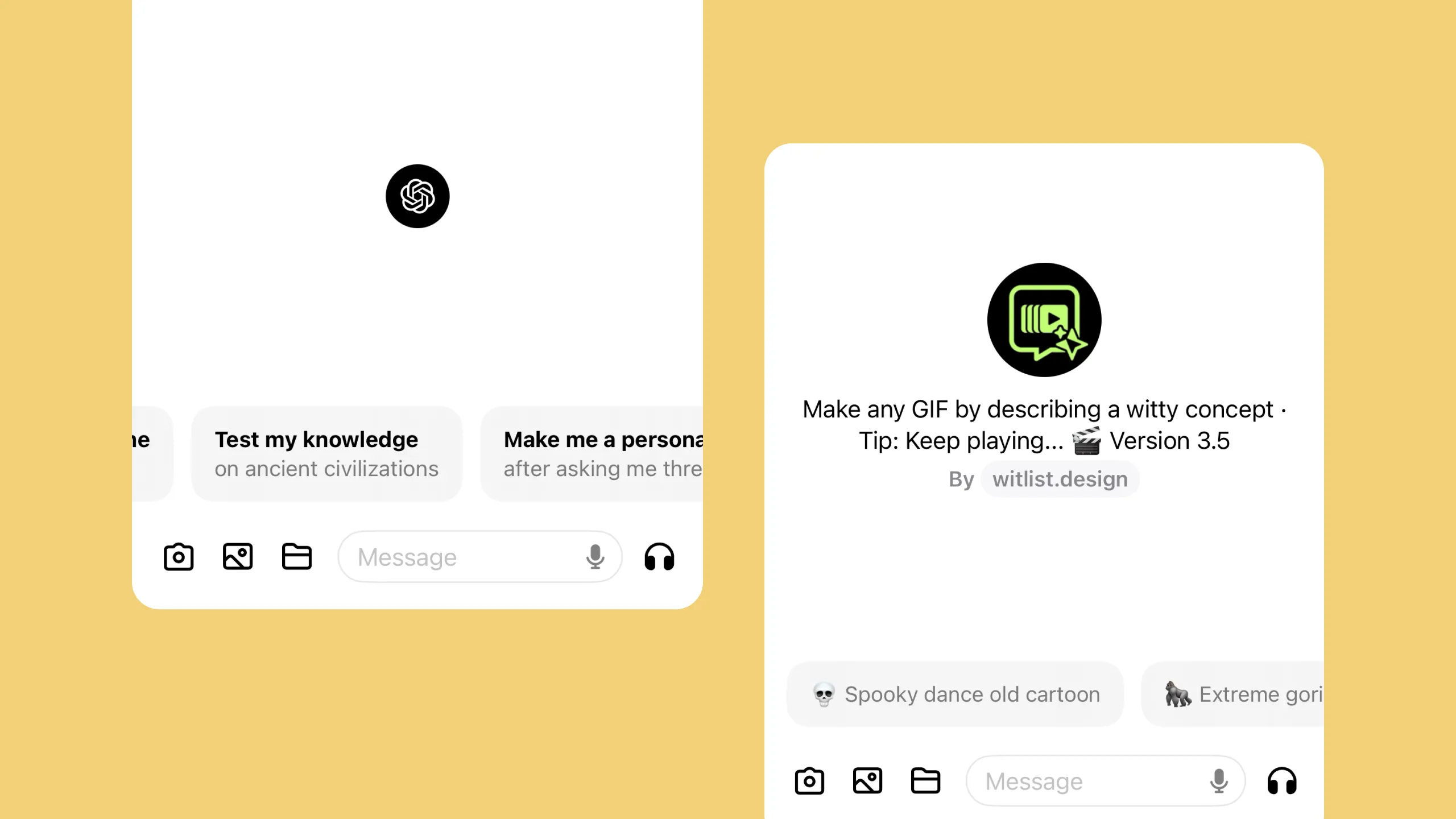Language as a tangible material
Textual information often misses intuitive cues for understanding relationships between ideas. AI can clarify these connections, making complex information easier to grasp quickly.


When dealing with text, I want to make relationships and patterns tangible and accessible, so I can intuitively understand and interact with the information.


- The Limitations of Text-Based Interaction: Text is an inhumane way to interact with information. Physical materials are full of rich texture and detail that guide their use.
- The Richness of Physical Materials: Physical materials have rich textures and details that intuitively guide how they can be used and manipulated, digital experiences are sometimes lacking this.
- Enhancing Digital Experiences: It would be beneficial to make interacting with information more tangible and visual to provide ways to interact and explore information in new ways.

More of the Witlist

In Arc, a playful pinch interaction lets you quickly distill any webpage into a brief summary, capturing the essence of the content in moments.

Input design concepts in small bits and see the cumulative output in real-time. Explore different combinations and immediately visualize the results, making the creative process interactive and flexible.

Generating multiple outputs and iteratively using selected ones as new inputs helps people uncover ideas and solutions, even without clear direction.

Referencing nested data from your database in the form of tags can simplify the creation of elaborate prompt formulas.

Use a spatial dimension to explore and manipulate language. By pulling text around on a map, you can play with different features in a playful and meaningful way.

Starting with a blank canvas can be intimidating, but providing prompt starters can help individuals overcome this initial hurdle and jumpstart their creativity.